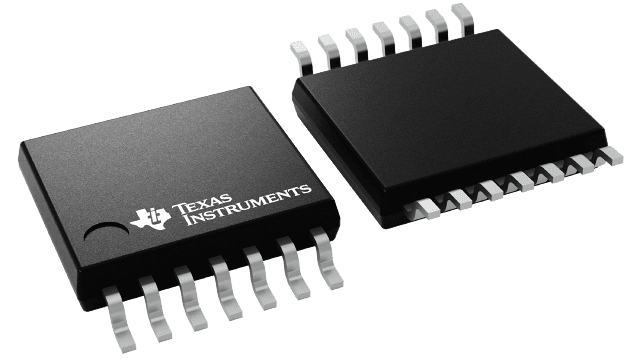| Configuration | Serial-in, Parallel-out |
| Bits (#) | 8 |
| Technology Family | HC |
| Supply voltage (Min) (V) | 2 |
| Supply voltage (Max) (V) | 6 |
| Input type | Standard CMOS |
| Output type | Push-Pull |
| Clock Frequency (MHz) | 24 |
| IOL (Max) (mA) | 5.2 |
| IOH (Max) (mA) | -5.2 |
| ICC (Max) (uA) | 80 |
| Features | Balanced outputs, High speed (tpd 10-50ns), Positive input clamp diode |
- Wide Operating Voltage Range of 2 V to 6 V
- Outputs Can Drive Up to 10 LSTTL Loads
- Low Power Consumption, 80-μA Maximum ICC
- Typical tpd = 20 ns
- ±4-mA Output Drive at 5 V
- Low Input Current of 1-μA Maximum
- AND-Gated (Enable/Disable) Serial Inputs
- Fully Buffered Clock and Serial Inputs
- Direct Clear
- On Products Compliant to MIL-PRF-38535,
All Parameters Are Tested Unless Otherwise
Noted. On All Other Products, Production
Processing Does Not Necessarily Include
Testing of All Parameters.
These 8-bit shift registers feature AND-gated serial inputs and an asynchronous clear (CLR) input. The gated serial (A and B) inputs permit complete control over incoming data; a low at either input inhibits entry of the new data and resets the first flip-flop to the low level at the next clock (CLK) pulse. A high-level input enables the other input, which then determines the state of the first flip-flop. Data at the serial inputs can be changed while CLK is high or low, provided the minimum set-up time requirements are met. Clocking occurs on the low-to-high-level transition of CLK.




